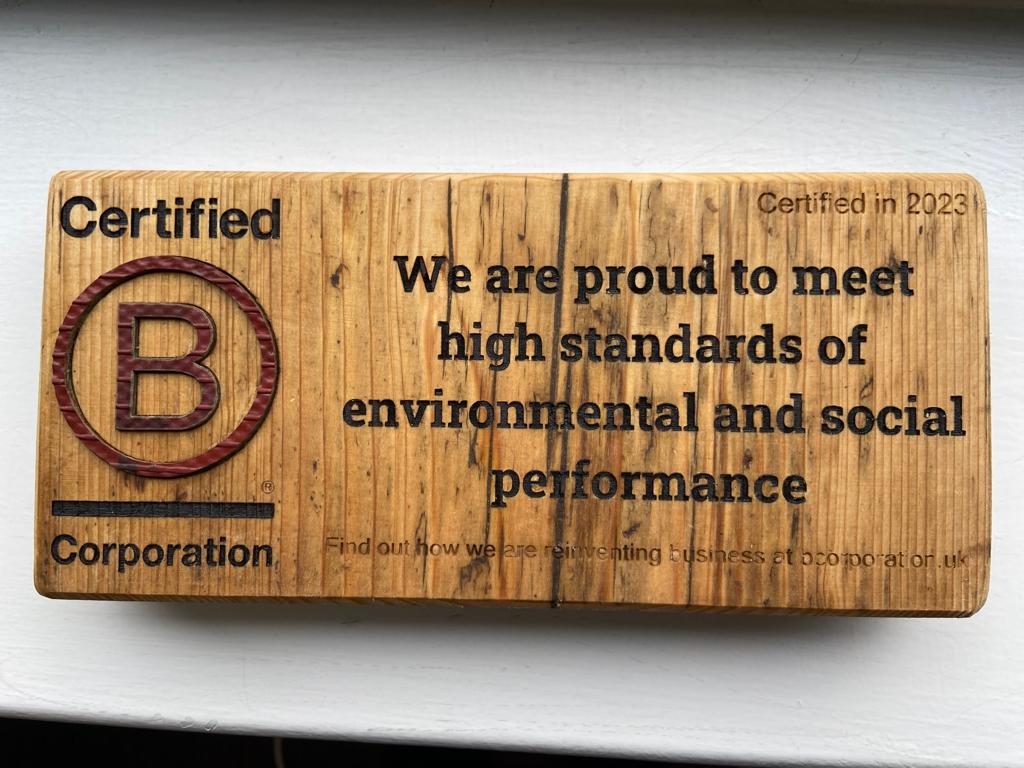Getting the mission statement right can change your business for the better, forever.
Let me, however, start by dismissing the majority of what passes for mission statements; those vacuous, meaningless pronouncements about being “customer-led”, “customer-centric” and the like, posted in notices on office walls and openly mocked by employees who don’t believe what they know to be lies, based on the observation of actual behaviour.
Consider the following:
“We are committed to providing a level of service to our customers that makes us a leader in our industry. Our goal is to make every flight a positive experience for our customers. Welcome on board UNITED AIRLINES”.
By April 2017 the airline was engaged in a customer-led crisis involving the disgraceful treatment of a passenger, a fumbled, insincere apology and a smear on the passenger involved.
The world is full of what I call generic mission statements, such as:
“To maximise shareholder wealth by exceeding customer expectations and providing opportunities for our employees to lead fulfilling lives whilst respecting the environment and the communities within which we operate”
Is there any organisation in the world, I ask, to which this would not be equally applicable?
There are three types of mission statements:
Type 1: Platitudinous, usually found inside annual reports. They are designed to ‘stroke’ shareholders, otherwise of no practical use.
Type 2: The real thing. A meaningful statement, unique to the organisation concerned, which ‘impacts’ on the behaviour of the executives at all levels.
Type 3: A ‘purpose’ statement (or lower level mission statement). It is appropriate at the country/branch/or departmental level of the organisation.
Let me, then, explain where they fit and why they are so important.
Business strategy
If the organisation has no clear notion about its vision and values, it may be in a quandary regarding the way forward.
You will understand from this that I am including vision and values in this discussion and explanation of mission statements. Virtually all companies have a business strategy; however, this may be implicit or explicit. While some companies are successful with only an implicit strategy guiding the chief executive and the management team, it is our experience that companies developing an explicit strategy through a planned approach have a greater chance of long-term success.
The process of business strategy formulation should commence with a review and articulation of the company’s mission. The mission encapsulates the company’s identity in terms of what it is, what makes it special, what it stands for, and where it is heading. It should explicitly reflect the basic beliefs, values and aspirations of the organisation, providing an enduring statement of purpose that distinguishes the organisation from its competitors and an important device for coordinating internal activity.
A mission is an enduring statement of purpose that provides an animated vision of the organisation’s current and future business activities, in service and market terms, together with its values and beliefs and its points of differentiation from competitors.
A mission helps determine the relationships with each of the key markets with which the organisation interacts, and provides a sense of direction and purpose which leads to more correct independent decisions being made at all levels of the organisation.
What works
A model mission statement includes:
- Role or contribution
For example, charity, profit seeker, innovator, opportunity seeker
- Business definition
This should be done in terms of benefits provided or needs satisfied, rather than the services offered.
- Distinctive competences
These are the essential skills, capabilities or resources that underpin whatever success has been achieved to date. Competence can consist of one particular item or the possession of a number of skills compared with competitors. All should be considered in terms of how they confer differential advantages, i.e. if you could equally well put a competitor’s name to these distinctive competences, then they are not distinctive competences.
- Indications for the future
This will briefly refer to what the firm will do, what it might do and what it will never do.
Be wary
An examination of what has been written about missions suggests that a number of key issues are important and need to be taken into consideration. They are:
1. It is dangerous to define the mission too narrowly or too broadly
2. The audience for the mission should be considered carefully
3. It is crucial to understand the business one is in
4. The mission should be unique to the organisation preparing it
5. The mission should be need-orientated, rather than offer-orientated
6. Within bigger SME organisations, there may need to be a hierarchy of mission statements
Multi-level
It is unlikely in large SME organisations that one mission statement will suffice.
Just as companies have different levels of objectives, ranging from strategic objectives through to tactical objectives and action plans, an SME should consider to what extent it should develop mission or purpose statements at lower levels of the organisation. Cranfield University in the UK has, for example, an overall University Mission Statement, while each of the university’s schools (such as Aerospace, Computer Science, Management, etc.) has its own mission statement. Also, within the School of Management each group, such as the Marketing Group, has its own mission statement, all contributing to this university’s outstanding success.
Conclusion
I believe it is important for all companies to have a sense of mission. By encapsulating this into a brief, highly personal and meaningful statement, it gives the various stakeholders in the organisation a clear purpose and sense of direction.
I would stress, however, that unless a mission statement is backed up with specific objectives and strategies, the words become meaningless. But I also believe that objectives and strategies are far more likely to be acted upon where there exists a prior statement of belief (i.e. a mission) from which specific plans and actions flow.
The mission statement is an important device that can provide guidance for staff working in different parts of the organisation, enabling them to pull together and uphold the corporate values and philosophy. However, it is essential that the mission statement is communicated clearly to all stakeholders and is perceived to be both relevant and realistic. Unless these requirements are met, the mission statement is unlikely to have any real impact on the organisation.
This article first appeared in the QuoLux™ Leading magazine, June 2019, and is written by Professor Malcolm McDonald. Malcolm is one of our Masterclass speakers on our effective leadership program, LEAD™, and is widely recognised as one of the world’s foremost authorities on strategic planning, market segmentation and marketing planning. He is an Emeritus Professor at Cranfield University School of Management and has written over 40 books, including the best seller “Marketing Plans: How to prepare them, how to use them”. He has a business background and manages to maintain a close link between academia and the commercial world and currently works with the boards of some of the world’s leading multi-nationals.
In his Masterclass on LEAD™, Malcolm takes the delegates through a framework that enables them and their company to realise the true potential of their market and the marketing potential of their business. If you would like to meet and learn from Malcolm, you could join our next LEAD™ program, starting April 2022. For further information about it, please get in touch with Jo Draper.
Next week we will be sharing a leader's perspective to Malcolm's article. Read what Ben Walker, former CEO of CEMAR, a thinkproject company, discovered when creating their mission statement.
Don't miss out - sign up to the blog and get it delivered to your inbox every Tuesday.




